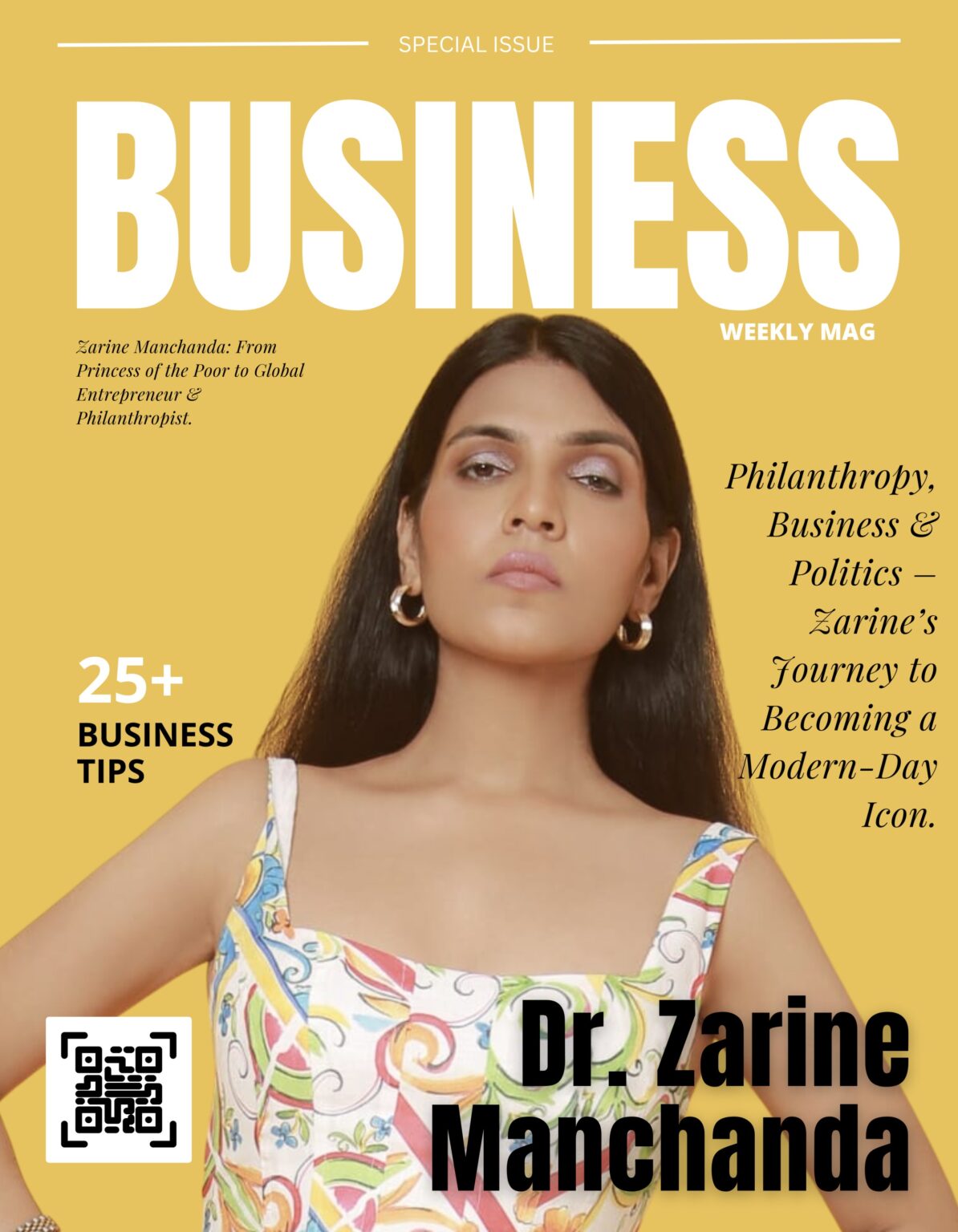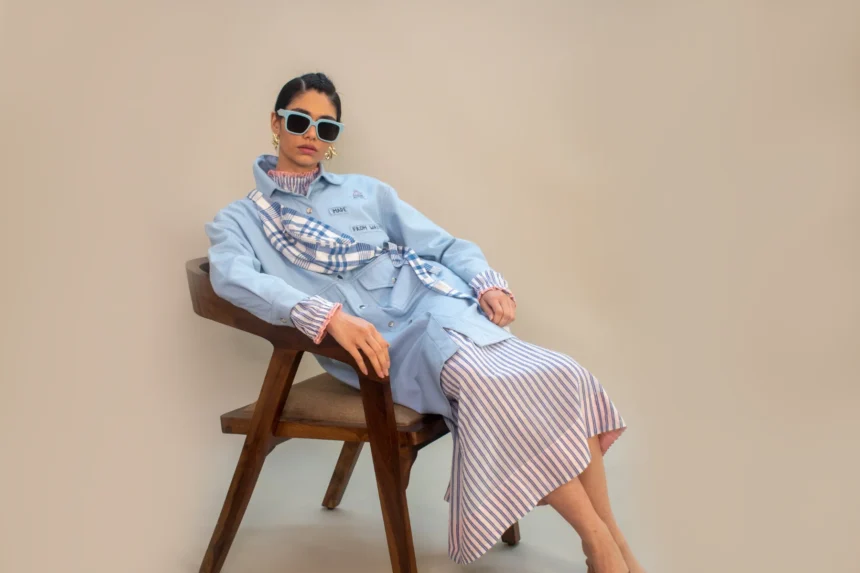Introduction
Fashion is no longer just about looking good—it’s about doing good. In today’s world, sustainable fashion is leading the charge towards a more responsible, eco-conscious industry. Consumers are seeking style that not only elevates their wardrobe but also respects the planet. This evolution is redefining luxury, innovation, and creativity in fashion.
What is Sustainable Fashion?
Sustainable fashion refers to clothing that is designed, manufactured, distributed, and used in ways that are environmentally friendly and ethically responsible. It minimizes harm to the environment, supports fair wages, and often promotes recycling and upcycling initiatives.
Why Sustainable Fashion Matters
The fashion industry is one of the largest contributors to pollution globally. From the vast water consumption in cotton production to the microplastics released by synthetic fibers, the environmental cost of “fast fashion” is staggering.
Choosing sustainable options can significantly reduce carbon footprints, conserve resources, and promote better labor conditions worldwide.
Key Elements of Sustainable Fashion
- Eco-Friendly Materials: Organic cotton, bamboo, hemp, and recycled fibers are increasingly replacing traditional fabrics.
- Ethical Manufacturing: Ensuring fair wages, safe working conditions, and no child labor.
- Slow Fashion Movement: Encouraging quality over quantity, focusing on timeless designs rather than trends.
- Transparency: Brands openly sharing their production practices, materials, and sustainability goals.
Brands Leading the Sustainable Fashion Movement
Several iconic brands have taken bold steps toward sustainability:
- Stella McCartney: Pioneering cruelty-free, eco-conscious designs.
- Patagonia: Renowned for environmental activism and recycled materials.
- Eileen Fisher: Emphasizing ethical production and circular fashion.
- Reformation: Combining modern, chic styles with sustainable practices.
Emerging UAE-based designers are also embracing sustainability, blending local craftsmanship with eco-friendly innovation.
How Consumers Are Driving Change
Today’s consumers are more informed and empowered than ever before. Movements like #WhoMadeMyClothes have encouraged shoppers to question brands about their practices.
Social media amplifies accountability, making it harder for companies to hide unethical practices and rewarding brands that prioritize sustainability.
Key consumer behaviors include:
- Choosing quality pieces that last longer.
- Supporting local and small-scale designers.
- Renting, swapping, and buying secondhand.
Tips to Embrace Sustainable Fashion in Your Life
- Buy Less, Choose Well: Focus on versatile, timeless pieces.
- Research Brands: Support companies that align with your values.
- Care for Your Clothes: Proper washing and maintenance extend garment life.
- Recycle or Donate: Give your clothes a second life instead of discarding them.
The Future of Sustainable Fashion
Innovation is fueling sustainable fashion’s future:
- Bio-fabricated Materials: Lab-grown leather and mushroom-based textiles.
- Circular Fashion Economy: Designing clothes with their end-of-life in mind.
- Blockchain Transparency: Tracking garment origins with technology.
As technology and awareness grow, sustainable fashion will soon become the industry standard rather than the exception.
Conclusion
Sustainable fashion is not just a trend—it’s the future.
Choosing sustainable options empowers consumers to make a real difference while still celebrating style and creativity. As we become more mindful of our impact, fashion becomes a tool for positive change—proving that true elegance is as much about responsibility as it is about appearance.















